Basque Pelota
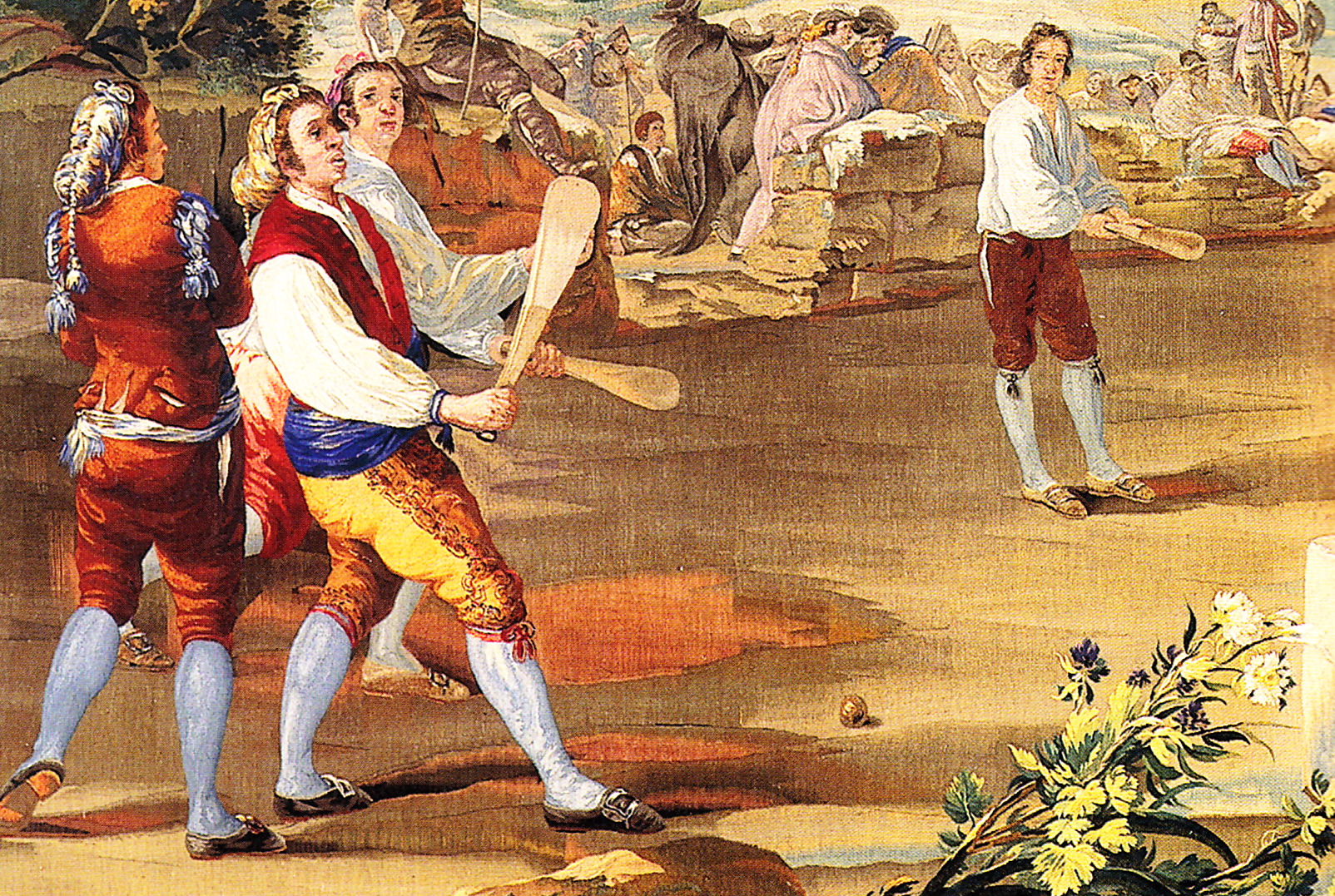 Throughout the history of the world, numerous civilizations have played various pelota games. In order to create a round moving body, various materials have been used: vegetables, all kinds of threads and rags, hides, latex... even a pelota filled with cereal grains could be valid. Competition in pelota games tended to be individual contests, and the game developed on conveniently located and defined meadows. The game provided a form of amusement and personal challenge.
Throughout the history of the world, numerous civilizations have played various pelota games. In order to create a round moving body, various materials have been used: vegetables, all kinds of threads and rags, hides, latex... even a pelota filled with cereal grains could be valid. Competition in pelota games tended to be individual contests, and the game developed on conveniently located and defined meadows. The game provided a form of amusement and personal challenge.
Pelota is therefore a universal game. The most regulated forms were found in South America, the Middle East and Western Europe. The Jeu de Paume, the “tambour” game and the sieve game are living proof of the ancient pelota games, and Basque pelota and tennis are direct descendants of those games.
The advance of the Roman Empire took the game called “pila” to the French territory. Its subsequent evolution would derive into jeu de paume. This game, which was played against walls and in town squares, kept its name of paume (palm), in spite of the progressive use of various hitting instruments. The bourgeois and aristocrats used gloves and rackets.
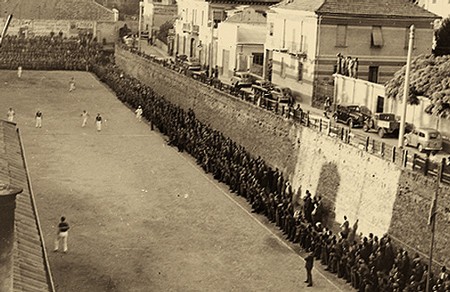 Oral tradition provides us with numerous testimonies of great courage, but even more tangible are the disk-shaped stela from 1629 and 1784 found in Garruze and Banka, respectively. In Basque funerary rites, the half-pagan half-Christian custom of making engravings on tablets provides us with clear proof: pelota players held a place of privilege in our society.
Oral tradition provides us with numerous testimonies of great courage, but even more tangible are the disk-shaped stela from 1629 and 1784 found in Garruze and Banka, respectively. In Basque funerary rites, the half-pagan half-Christian custom of making engravings on tablets provides us with clear proof: pelota players held a place of privilege in our society.
Pelota is therefore a universal game: the Basques, like others, have known how to keep the contributions from other civilizations. The greatest merit has been the adaptation of the game to its own characteristics, thereby contributing numerous modifications and creating new modalities, facilities and game materials.
The Hellenic people, historians say, among the variety of games they played, “amused themselves intensely playing pelota.” An important group of Greek writers gave their opinion about the origin of the game of pelota. Agalis, a man of the humanities from the ancient island of Corfù, attributes its invention to the princess Nausicaa, who lovingly took the warrior Ulysses into her arms.
Homer, in epics VI and VII of his Odyssey, immortalizes and reflects that damsels amusing themselves with the game of pelota. “When damsels and Nausicaa had their appetites satisfied, they took off their veils and played pelota together...” Discovered in 1926, a recording on the walls of Athens, dated approximately 600 years before Christ, shows a scene of the game of pelota celeste or “Ukrainian.”
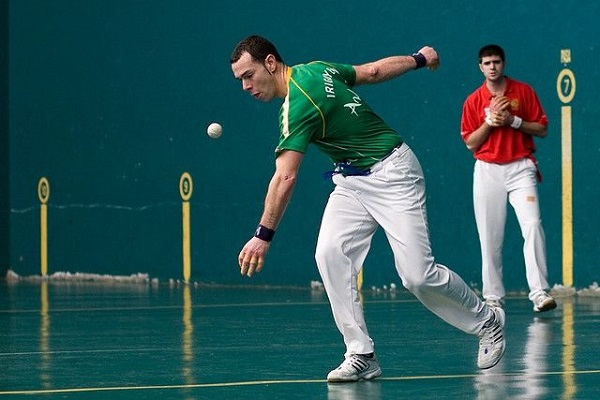
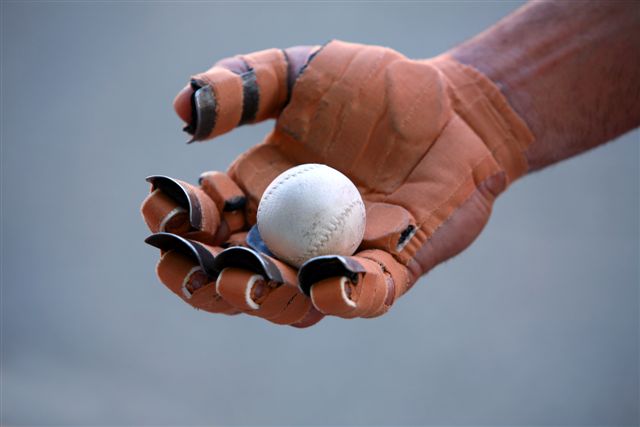
These quotations defer quite a lot from the current pelota game. But almost all authors have given in the temptation of the genesis of sports and attribute the Greeks the parenthood of pelota. Alexander the Great had his pelota instructor, Aristonicos de Cariste, on the Portico of the Parthenon.
Literary quotations reference the games of pelota between the Greeks and the Romans. The scarce research into clarifying the era of the pelota accepts that Romanisation, where it occurred, implanted the game of pelota in Europe. In the old continent, pelota games took root in France, the Netherlands, England and the Iberian Peninsula.
In the 12th century, there is a gradual increase of documents that support the expansion of the game of pelota. In the Middle Ages, it is evident that courtiers, nobility and the kings had their so-called “trinquetes.” France is the pioneer in the game of pelota, with respect to its possible similarity with modern times, including two modalities: “la longue paume” and the “courte paume”.
In the 13th and 14th centuries, the “paume” game spread throughout all of France. A. de Luze, a studious of pelota evolution, in 1933 counted the existence of more than 300 “tripots,” or games of pelota, during a time that spanned from the 13th century to the 14th century. The first news of the “long” game comes on the verge of the French Revolution.
In Spain, there are scarce indications with respect to the game of pelota. However, it is significant to point out references in this regard by Quevedo, Cervantes, Calderón de la barca, Zabaleta, etc. Goya’s 1779 painting, “the game of pelota,” truly records a pala [bat] game among a group of courtesans.
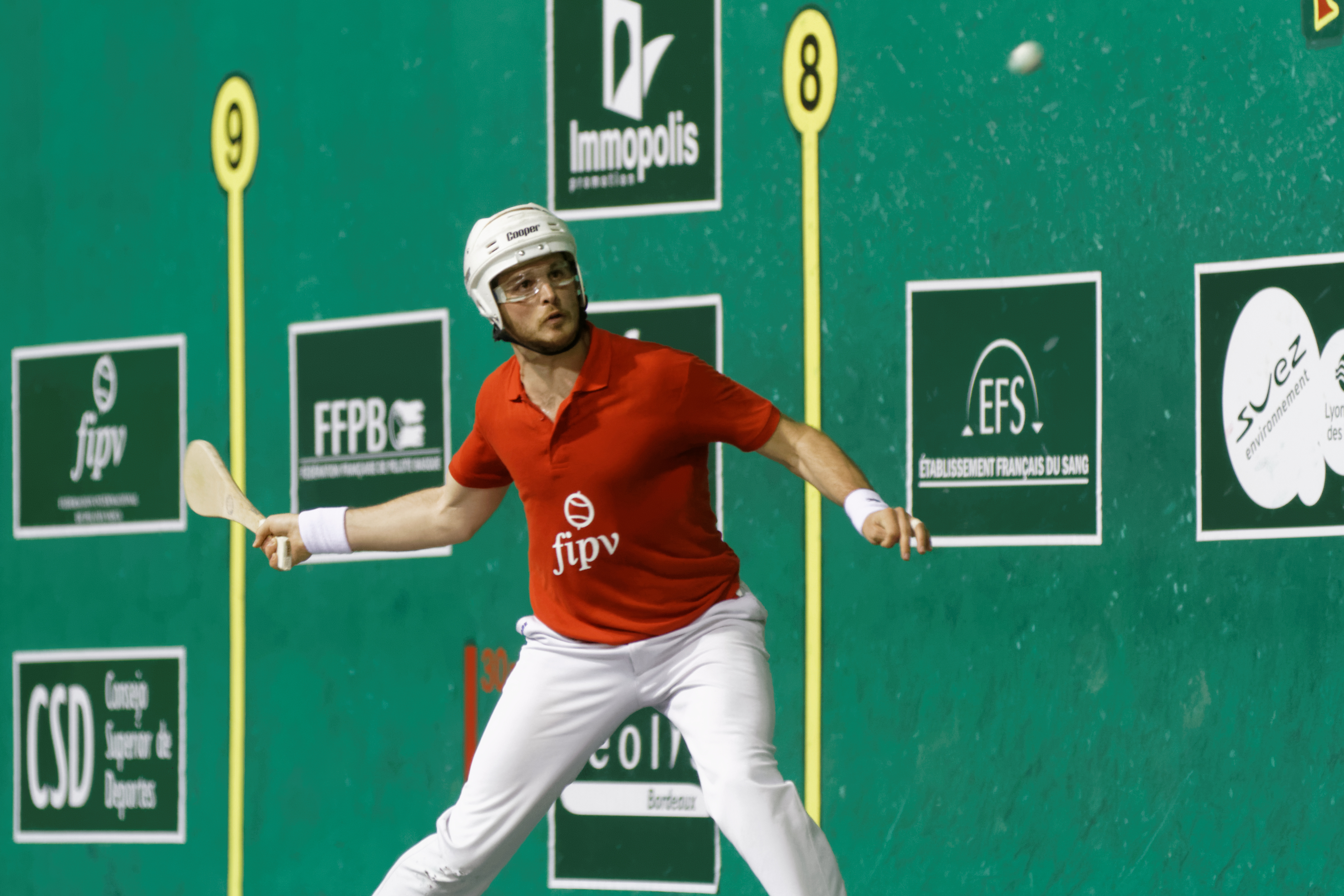
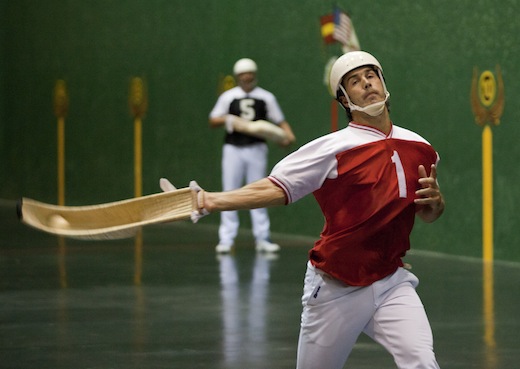
In the 17th century, the preferred game of pelota was the “long game” using a glove or “laxoa.” It is in the last decade of the 19th century when the most representative modalities of the game take root: mano [hand], pala, “remonte” and “cesta-punta,” and these modalities were exported to a large part of the world. Cesta-punta is the modality that becomes the most universal. America becomes the continent that receives the game of pelota which the Basques take with them in their culture.
In the 20th century, professional play begins to bud. Organized competitions begin in 1925. Tournaments spring up everywhere under the push of federative and business entities. Fondness of the sport extends through this century, although cyclical curves show periods of splendour and decadence.
In the amateur arena, the World Championships, initiated in San Sebastián in 1952, are set up as the most important pelota event. It is a re-encounter every four years among those countries that pay honour with the greatest fervour to the sport of pelota. Watch these videos to learn a little more and see a few modalities in action....